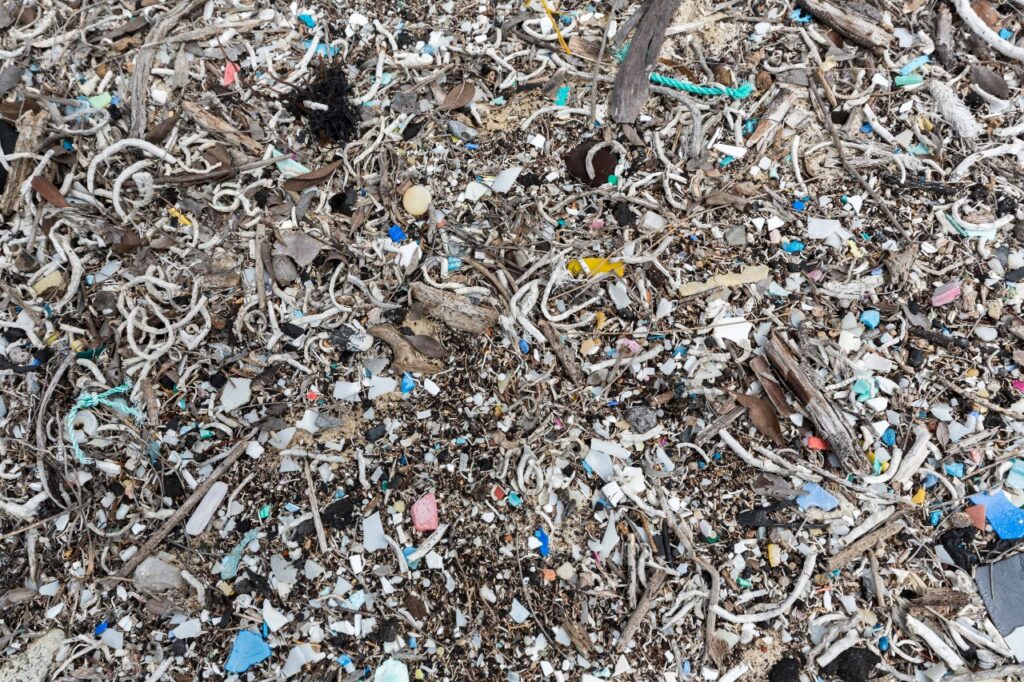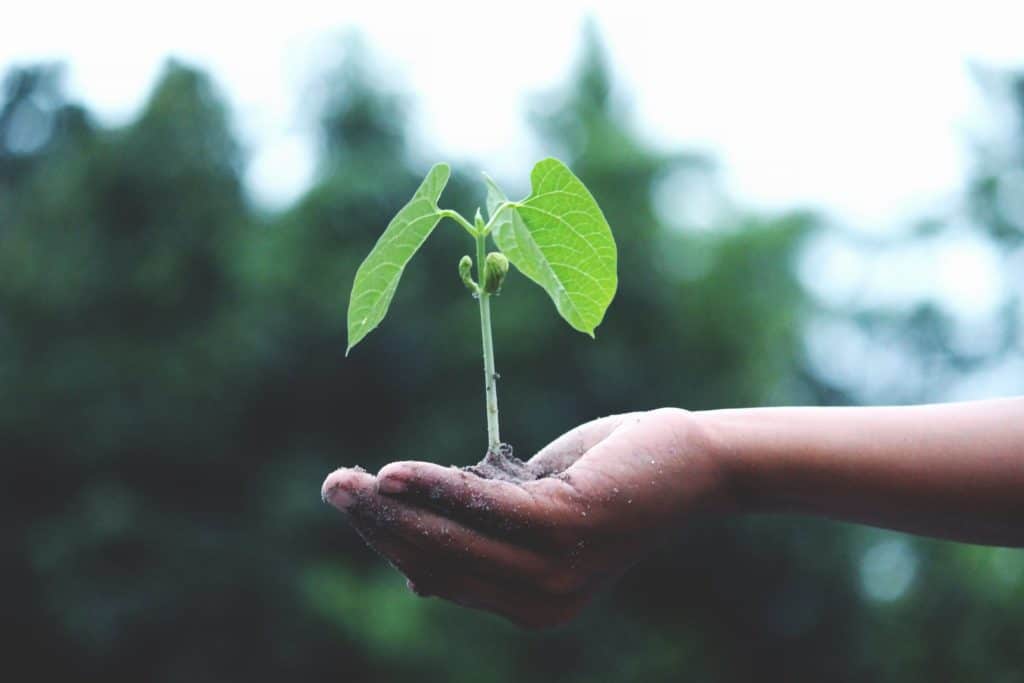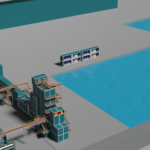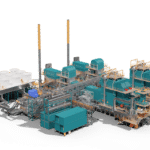WOIMA BLOG November/2018
Waste-to-Energy – The Most Affordable “Renewable” Energy
Presently, societies are facing a serious challenge for the effective management of the increasing amounts of produced municipal solid waste (MSW). The accumulated waste has caused a series of environmental problems, such as uncontrolled release of greenhouse gases.
Moreover, the increasing amount of waste has resulted in a shortage of areas available for waste disposal, resulting in an unsustainable waste management. These problems have led to serious public concerns, which in turn have resulted in political actions aiming to reduce the amount of waste reaching the environment. These actions aim to promote sustainable waste management solutions. The main objective of these policies is to promote the recycling of municipal solid waste and the conversion of waste into energy and valuable chemicals. These conversions can be performed using either biological (e.g. anaerobic digestion) or thermo-chemical processes (e.g., incineration). Research efforts during the last years have been fruitful, and many publications have demonstrated the effective conversion of MSW into energy and chemicals, which supports the change of waste policies implemented in the EU during the recent years.
The rising environmental problems, involving greenhouse gases (GHGs) and air and water pollution, together with the energy crisis and resource scarcity will become more imminent in the coming decades, especially in the developing world, necessitating the need to take actions toward more sustainable societies. Energy and chemicals are mainly produced from fossil resources, and this causes the release of CO2 in the atmosphere together with other toxic compounds (such as volatile organic compounds and nitrogen oxides). It is estimated that 90% of the global emission of CO2 (which reached close to 40 billion tons of GHGs in 2016) has been derived from the combustion of fossil fuels. Moreover, as these raw materials are finite, processes utilizing them as feedstock are not sustainable, and thus, the security of supply will become an important issue for humanity.

Another important challenge is the rising accumulation of waste in the environment. The waste accumulation in the environment has raised the public awareness, because of the problems caused by the amount of waste disposed into the environment. Globally, some 20 billion tons of waste is generated annually, out of which close to 3 billion tons is municipal solid waste. The diversity that these waste streams present makes them ideal candidates to be used for high-value applications.
Conventional methods that are widely used for the treatment and management of MSW including landfilling and composting, present some major disadvantages. Waste disposal through landfills causes severe environmental issues such as uncontrolled release of methane into the atmosphere, a gas that has over 20 times higher GHG potential than CO2, production of leachate that contaminates the soil and the groundwater, unpleasant odors, and spread of pathogenic microorganisms. For example, more than 95% of food waste ends up in landfills, which has a catastrophic impact on the climate, because of the release of methane and other GHGs (calculated to be up to 100 m3 of gas per ton of landfilled MSW. Composting is the process where organic materials are stabilized using indigenous microorganisms and can be used as an environmentally friendly fertilizer. However, composting does not fully utilize the potential in the biowaste. Furthermore, unless the waste fractions are source-separated or carefully screened after composting, this soil-improvement fertilizer will include 5 to 10% of inorganic materials not suited in the nature. And unless the process of composting is carried out properly, it will result in problems such as strong odors and possible generation of GHGs.
MSW generation in the developing world continues to increase at a rate of over 10% per year, so even if the 3R principles (reduce, reuse and recycle) are adopted today, there will be abundant waste fuel available for decades to come. Thus, it can be called a renewable fuel source.

There are four major differences between waste-to-energy power generation and other renewable energy forms.
- First, it generates base load power, whereas wind, solar and even hydro to some extent are intermittent power sources that depend of weather patterns and time of day in their power generation. The power transmission and distribution networks depend on base-load power to stabilize the networks against power surges created by the intermittent power sources.
- Second, waste-to-energy solutions solve environmental and ecological challenges instead of creating them. Recycling waste to energy reduces the waste quantity by over 95% thus eliminating the need for landfilling almost completely. The W2E power plant footprint is typically one to two hectares, whereas wind, solar and hydro occupy dozens or up to thousands of hectares. And W2E effectively eradicates vermin, pests, bacteria and disease typically associated with waste accumulation.
- Third, the waste-to- energy solutions can generate the exact energy commodities that the local society demands; electricity for the grid, saturated steam for industries, thermal energy (either heating or cooling), biogas (LNG) for cooking and biofuels for traffic use. And even the production residues can be utilized; incineration ashes in cement manufacturing of infrastructure construction and biogas digestate as fertilizer. Other renewable power generation is typically limited to electricity generation.
- Fourth, the waste-to-energy power generation creates hundreds of job and training opportunities for local people on-site, and up- and downstream. The various energy commodities and recyclables will also support the creation of local SMEs. The other renewables employ people mainly during the construction phase.
Even if the comparison between the renewable energy forms is done solely based on electricity generation, W2E proves the most competitive with LCOE (Levelized Cost of Electricity) at 14.40 €/MWh. The other renewables score between 15.70 (Hydro) and 28.30 (Solar PV), with wind at 25.90. And the positive environmental and social aspects of waste-to-energy solutions will tip the scale further in its favor.
Contact WOIMA, if you see yourself as collaboration partner in saving the planet. Ask more about turning waste into wellbeing with WOIMA Circular Economy Solutions.
WOIMA Social Media accounts





